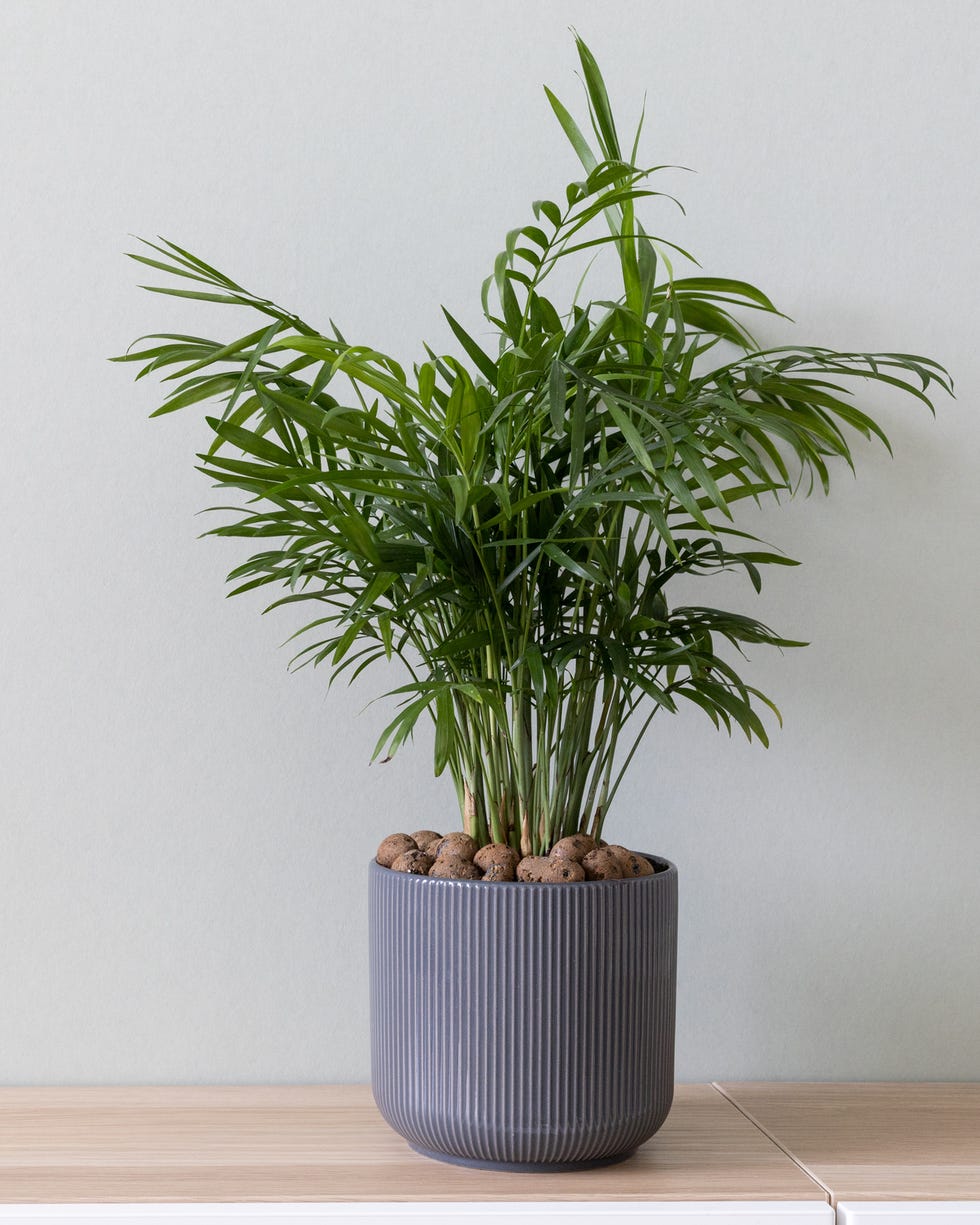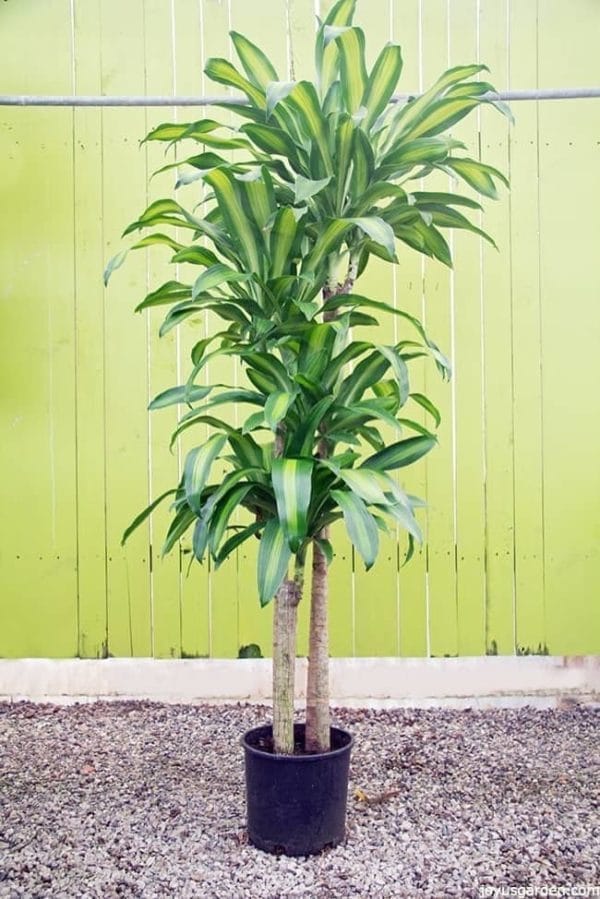Low Maintenance and Beautiful: Best Low-Light Indoor Plants for Your Home
Uncover the Secrets of Low-Light Indoor Plants and Exactly How They Enhance Your Atmosphere
Low-light interior plants have actually amassed increasing attention for their distinct ability to improve both aesthetic charm and ecological high quality within homes and offices. These resistant varieties, consisting of the Serpent Plant and Tranquility Lily, not just thrive in tough lighting problems but also play a pivotal duty in air filtration and psychological wellness. Comprehending the particular benefits and care needs of these plants can dramatically influence your living room. As we check out the complexities of their advantages, you might uncover understandings that could transform your environments in unanticipated methods.
Benefits of Low-Light Indoor Plants
Although numerous individuals presume that indoor plants call for abundant sunshine to flourish, low-light interior plants provide a multitude of advantages that make them optimal for various atmospheres. Among the main benefits is their adaptability; they can prosper in spaces with minimal natural light, such as workplaces, cellars, or rooms with tiny home windows. This feature enables people to improve their surroundings with greenery, contributing to boosted appearances without the demand for comprehensive lights modifications.
Additionally, low-light interior plants can considerably boost indoor air high quality by launching and filtering damaging contaminants oxygen, making living spaces healthier. Research study has actually revealed that certain ranges can soak up pollutants, therefore advertising a cleaner atmosphere. Additionally, they can improve psychological health by decreasing anxiety and raising productivity. The presence of plants has been linked to higher feelings of serenity and focus.
Moreover, low-light plants usually require much less upkeep than their sun-loving equivalents, making them perfect for active individuals or those new to gardening. Their strength enables them to love very little treatment, hence offering a rewarding experience for plant lovers and newbies alike. In summary, low-light indoor plants offer both aesthetic and useful objectives, making them useful additions to any room.
Top Low-Light Plant Varieties
Low-light interior plants can be found in a range of species, each offering one-of-a-kind features and advantages fit for dim settings. Among the most popular ranges is the Serpent Plant (Sansevieria), understood for its building leaves and air-purifying abilities. This durable plant thrives on disregard and can tolerate a vast array of light conditions.
One more excellent selection is the ZZ Plant (Zamioculcas zamiifolia), which features shiny, dark eco-friendly fallen leaves and is extremely drought-tolerant. Its adaptability makes it a preferred for offices and homes with restricted sunshine.
The Pothos (Epipremnum aureum) is likewise a leading contender, with its routing vines and heart-shaped fallen leaves - Best low-light indoor plants. This versatile plant can be trained to climb up or cascade, adding aesthetic interest to any type of room

Care Tips for Low-Light Plants
Taking care of low-light indoor plants calls for a nuanced understanding of their certain needs to make certain ideal development and vitality. It is essential to pick the best potting mix, as a well-draining dirt is important to protect against root rot. A mix developed for houseplants, often consisting of peat moss and perlite, works well for a lot of low-light selections.
Watering is one more vital aspect of treatment. Low-light plants usually need much less constant watering compared to their sun-loving equivalents. It is suggested to check the leading inch of dirt; if it feels dry, it's time to water. Overwatering can cause complications such as mold and origin degeneration.
Fertilizing ought to be approached with care. Throughout the expanding season, a diluted liquid fertilizer can be applied monthly, yet in wintertime months, many low-light plants enter dormancy and need little to no fertilizing.
Last but not least, it is necessary to periodically clean the leaves to eliminate dust, enabling much better light absorption. By sticking to these treatment ideas, you can grow a thriving environment for your low-light indoor plants, enhancing both their appearance and longevity.
Enhancing Air Quality With Plants
Interior plants play a substantial duty in boosting air high quality within homes and office. With the process of photosynthesis, these plants absorb carbon dioxide and launch oxygen, adding to a much healthier ambience. In addition, particular low-light interior plants possess the capacity to filter hazardous pollutants, such as benzene, formaldehyde, and trichloroethylene, which are typically found in interior settings.

Additionally, the existence of interior plants can raise humidity degrees, which aids alleviate completely dry skin and breathing issues, even more enhancing total well-being. This capacity to boost air high quality not just promotes physical wellness but additionally supports psychological health.
Including low-light indoor plants into your living and functioning areas can bring about an extra invigorating and dynamic environment (Best low-light indoor plants). Spending in these all-natural air purifiers is an easy yet reliable strategy for enhancing indoor air top quality and cultivating a healthier lifestyle
Creating a Serene Indoor Space
The integration of plants into living spaces not only boosts air top quality but additionally contributes to a relaxing environment. Low-light indoor plants, such as snake plants and pothos, are especially reliable in producing a calm atmosphere, as they grow in conditions that might otherwise be inhospitable for various other greenery. Their lavish foliage offers more a relaxing visual, decreasing tension and web link advertising leisure.
Integrating these plants into your office or home can stimulate a feeling of peace and well-being. Strategically placing them in locations where you invest significant time, such as living spaces or work areas, enables an immersive experience with nature, which has been shown to enhance state of mind and cognitive feature.
In addition, the mild movement of leaves in response to airflow can create a vibrant visual element that improves the total setting. Take into consideration utilizing a selection of plant heights and textures to add depth and interest to try this site your room. With thoughtful placement and treatment, low-light interior plants can change any kind of location right into a peaceful sanctuary, promoting not just visual contentment however mental and additionally psychological health.

Final Thought
Including low-light indoor plants right into various atmospheres yields considerable advantages, including boosted air quality and boosted aesthetic charm. These durable species not just thrive in very little light yet also add to a calming environment, advertising emotional and emotional wellness. By choosing appropriate ranges and applying proper treatment strategies, individuals can efficiently grow a serene indoor room that cultivates well-being and efficiency. The transformative power of low-light plants emphasizes their worth in enhancing both occupational and domestic settings.
Although numerous people assume that interior plants need plentiful sunlight to thrive, low-light interior plants supply a plethora of advantages that make them optimal for different environments.Moreover, low-light interior plants can dramatically enhance indoor air quality by filtering system unsafe toxic substances and launching oxygen, making living spaces healthier. In addition, specific low-light indoor plants have the capability to filter harmful toxins, such as formaldehyde, benzene, and trichloroethylene, which are generally discovered in indoor atmospheres.
Low-light indoor plants, such as serpent plants and pothos, are particularly reliable in producing a serene setting, as they thrive in problems that may or else be inhospitable for various other greenery.Including low-light indoor plants right into various settings yields considerable benefits, consisting of improved air high quality and boosted aesthetic allure.